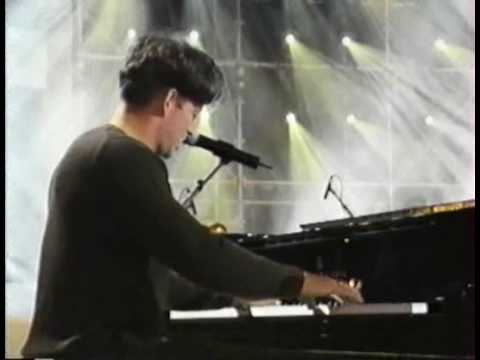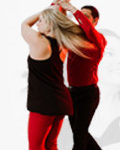If a picture is worth a thousand words, sometimes a video is better than any number of words. In this live performance, the swing and jazz musician Harry Connick, Jr. gives an audible demonstration of the difference between downbeat and upbeats.
Start watching the video and just see how what you think of the sound. Listen to at least half the clip—then come back and read about what you heard.
http://youtu.be/yD3iaURppQw
First things first: it’s clear that Connick knows how to groove. But the first part of the clip sounds a bit mechanical, doesn’t it? Listen again to the first 30 seconds, and try to identify why the song doesn’t have as much life as it does at the end.
Did you figure it out? Notice that the audience is trying to groove with Connick, and they’re definitely clapping on time. But, what beats are they clapping on? If you figured out that they were clapping on the 1 and 3, congratulations! They were clapping on the downbeats during the first part of the clip.
Listen again from about 30 seconds to the one minute mark. At about the 0:40 mark, Connick deliberately stutters on the keyboard so that he falls a beat behind. Suddenly, the audience is clapping on the upbeats—2 and 4. Can you hear the difference that makes? With just that one change, there’s more pep in the song and it sounds like the audience is even more into the music.
No number of words can get the point across as well as the audible difference. When a song emphasizes downbeats, it almost always sounds more formal or driven. Emphasizing the downbeat is appropriate for ballroom dances, for military marches, and for other intense movements like tango or salsa. But if you want to be chilling, grooving, relaxed, or funky, those things live in the upbeats. The reason why west coast swings the way it does is because we pulse the upbeats of our music and our movement.
[mediacredit inline=”FALSE”]





 Brian & Megan
Brian & Megan